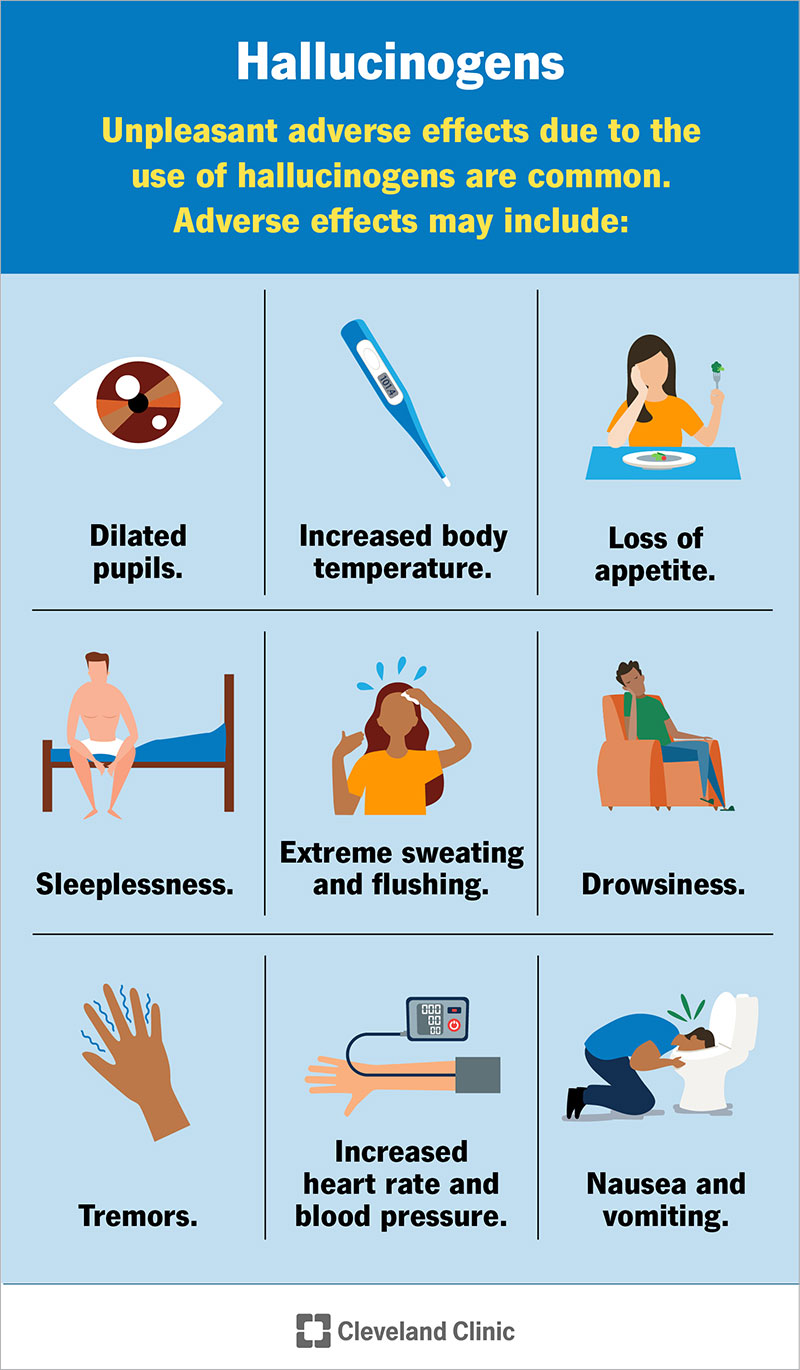Everything About Psychotomimetic Compounds: Their Duty in Psychological Research
Psychotomimetic compounds, such as LSD and psilocybin, have amassed boosting passion in mental study for their ability to reproduce psychotic signs and give insight right into various mental wellness conditions. Their communications within the brain, particularly with serotonin and dopamine paths, suggest a complex partnership between awareness and neurobiology that might open unique restorative methods. As scientists continue to investigate their possible applications, ethical factors to consider bordering their use in professional settings end up being critical, raising critical inquiries about security and notified approval that require more exploration.
Interpretation of Psychotomimetic Substances
In the realm of mental research study, psychotomimetic compounds are compounds that can generate effects looking like those of psychosis, such as hallucinations, delusions, and transformed perceptions of truth - About Golden Psycho. These compounds can be categorized into different groups, including hallucinogens, dissociatives, and certain energizers, each creating distinctive emotional impacts
The pharmacological activity of psychotomimetic substances often entails modulation of neurotransmitter systems, especially those associated to serotonin, dopamine, and glutamate. For example, substances like lysergic acid diethylamide (LSD) mainly act upon serotonin receptors, leading to extensive changes in sensory understanding and cognition.
The energy of psychotomimetics in research exists in their capability to resemble psychotic symptoms, supplying a version for recognizing the underlying devices of psychotic disorders such as schizophrenia. By researching the impacts of these compounds, scientists can gain insights into the neurobiological and mental processes that contribute to psychosis.
In addition, psychotomimetic substances have been checked out for their therapeutic potential in treating different psychological health and wellness problems, including anxiety and anxiousness, highlighting their twin duty in both research and prospective professional applications.
Historical Advancement and Context
The exploration of psychotomimetic substances has an abundant historical context that dates back to ancient people, where compounds such as psilocybin mushrooms and peyote were used in spiritual and healing methods. These early uses commonly intertwined with spiritual routines, recommending an extensive reverence for the transformed states of consciousness induced by these substances.
The mid-20th century marked a considerable pivotal moment in the study of psychotomimetic substances, specifically with the synthesis of LSD by Albert Hofmann in 1938. The subsequent popularization of LSD in the 1960s catalyzed a wave of rate of interest in both its mental impacts and possible healing applications. Scientists began to explore just how these substances might imitate psychotic states, giving understandings right into mental disease.
Nevertheless, the raising organization of psychotomimetics with counterculture activities brought about regulatory reaction, culminating in the criminalization of a lot of these compounds. In spite of these difficulties, the revival of interest in the therapeutic capacity of psychedelics in the 21st century has actually triggered renewed study. This historical trajectory underscores the advancing understanding of psychotomimetic compounds, changing from sacred substances to subjects of clinical inquiry and, possibly, restorative guarantee.
Systems of Activity
Understanding the mechanisms of activity of psychotomimetic compounds reveals the intricate methods these materials connect with the brain's neurochemistry. These compounds primarily exert their impacts through modulation of natural chemical systems, particularly serotonin, dopamine, and glutamate.
In addition to serotonin, dopaminergic paths are dramatically influenced by compounds like mescaline and certain cannabinoids, which can bring about modified states of awareness and modifications in state of mind and motivation. The NMDA receptor incongruity observed with compounds like ketamine highlights one more pathway via which psychotomimetics might cause dissociative states and profound alterations in thought processes.
The neurochemical cascades started by these interactions result in complex and diverse emotional impacts. Recognizing these mechanisms is important for both the advancement go to this site of emotional study and the healing possibility of psychotomimetic compounds, as they provide understandings right into the underlying neural correlates of transformed states of consciousness.
Current Research and Applications
Current examinations right into psychotomimetic substances have exposed a resurgence of interest in their therapeutic applications, particularly in the areas of psychiatry and psychology. Scientists have actually begun discovering compounds such as psilocybin, LSD, and ayahuasca for their potential to relieve symptoms related to numerous psychological health problems, consisting of anxiety, stress and anxiety, and PTSD.
Clinical tests have demonstrated that, when provided in controlled settings, these compounds can facilitate profound psychological experiences, promoting emotional developments and enhanced therapeutic outcomes. For circumstances, researches have shown that psilocybin-assisted treatment can result in significant decreases in treatment-resistant clinical depression, with results lasting for a number of months post-treatment.
Moreover, psychotomimetic compounds are being reviewed for their ability to promote neuroplasticity, potentially permitting more effective rewiring of maladaptive thought patterns. These searchings for suggest that such substances may function as adjuncts to standard psychotherapeutic approaches, enhancing the effectiveness of therapeutic treatments.
As research study advances, the focus is shifting towards comprehending the optimum dosages, therapeutic settings, and participant features that can make best use of the benefits of these substances. This blossoming field holds pledge for changing psychological health and wellness treatment standards and resolving the restrictions of traditional psychiatric drugs.
Ethical Considerations in Research

Browsing the honest landscape of study entailing psychotomimetic substances is critical to making sure individual safety and security and the honesty of research study outcomes. Researchers have to focus on informed consent, guaranteeing that participants completely understand the prospective threats and advantages associated with the compounds being examined. This includes supplying detailed information about possible mental impacts, consisting of severe and long-term effects, and allowing individuals the chance to take read what he said out from the research study at any kind of time without charge.
IRBs assess study protocols to protect individual well-being and promote honest criteria. Furthermore, the potential for threat must be meticulously analyzed, particularly when at risk populaces are entailed.
Discretion is an additional vital consideration. Scientists need to implement robust steps to protect participants' identifications and information, particularly given the sensitive nature of experiences linked with psychotomimetic substances (About Golden Psycho). Inevitably, a commitment to honest techniques not just promotes trust between researchers and participants but additionally improves the reputation and validity of the research results, important site contributing to the improvement of psychological expertise

Conclusion
Finally, psychotomimetic compounds, specifically traditional psychedelics such as LSD and psilocybin, offer considerable understandings right into psychological disorders via their special devices of action. Their restorative possibility in resolving problems like stress and anxiety and PTSD underscores the value of ongoing research study in this area. However, making certain honest standards in study techniques is essential for participant safety and notified authorization, enabling for a responsible expedition of these substances' advantages and implications within mental scientific research.